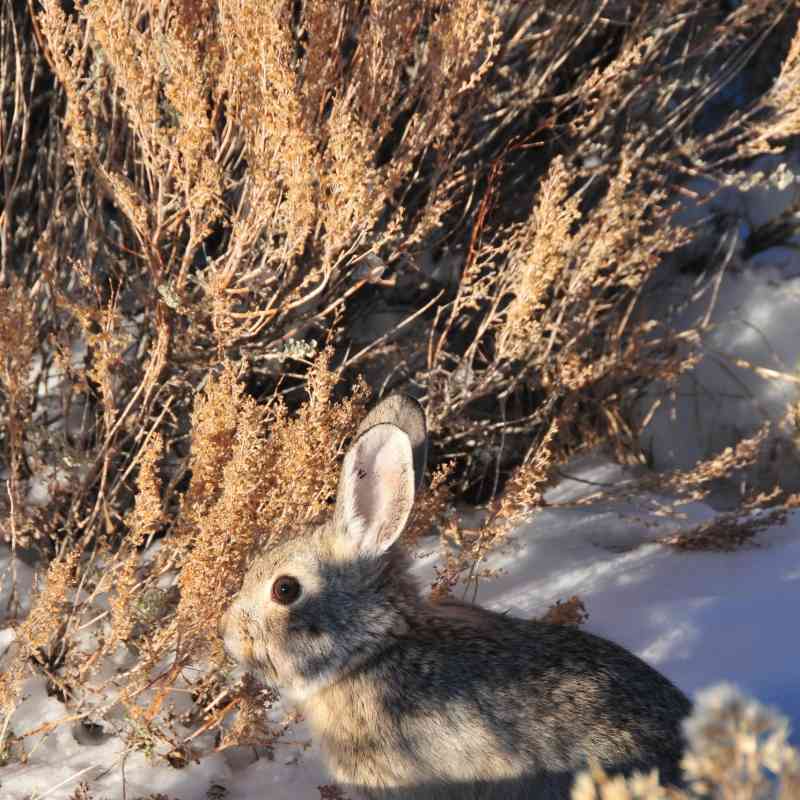FOR IMMEDIATE RELEASE
CONTACT: Haley McKey, 202-772-0247, hmckey@defenders.org
WASHINGTON (July 24, 2017) – Today is the close of the public comment period for the classification of the wild Red Wolf population in North Carolina.
The Red Wolf population is classified as a nonessential experimental population under the 10j rule of the Endangered Species Act (ESA). The U.S. Fish and Wildlife Service (FWS) is considering a reclassification to manage wild and captive populations as one metapopulation. More troublingly, the agency has also proposed to reduce the wild Red Wolf recovery area by 90 percent.
Statement from Defenders of Wildlife President and CEO, Jamie Rappaport Clark:
“The Red Wolf is our all-American wolf, and it deserves a place in its native range. The wild population is now so low that any individual loss is devastating to the recovery of the species.
“FWS is essentially giving up on Red Wolves, and we risk losing this species in the wild for a second time.
“North Carolinians overwhelmingly support Red Wolf recovery. We urge the FWS to recommit to this iconic species and resume releasing captive Red Wolves into the wild, managing coyotes in the recovery area and working to build tolerance of Red Wolves in nearby communities. The landscape of the Southeastern United States will be forever changed if we allow the Red Wolf to fade from existence.”
BACKGROUND:
Red Wolf
- The Red Wolf is the only species whose range falls entirely within the continental United States and is the only wolf on the East Coast.
- Almost hunted to the brink of extinction, the U.S. Fish and Wildlife Service rounded up fewer than 20 Red Wolves to be bred in captivity in 1980. As of July 2017, approximately 233 captive Red Wolves reside at 43 captive breeding facilities across the United States. However, fewer than 45 Red Wolves currently live in the wild.
- Historically, Red Wolves ranged throughout the southeastern U.S. from Pennsylvania to Florida and as far west as Texas. Today, wild populations roam more than 1.7 million acres throughout northeastern North Carolina, including Alligator River National Wildlife Refuge and Pocosin Lakes National Wildlife Refuge.
- Threats to the Red Wolf include habitat loss due to human development, deaths by motor vehicles, and illegal killings.
- Red wolves can benefit North Carolina ecosystems by hunting invasive pests such as nutria, supporting a healthy deer population and outcompeting coyotes to be the primary predator on the landscape.
Recent Events
- FWS announced in September 2016 that it intends to remove from private and public lands most of the world's only remaining population of Red Wolves in the wild, threatening the continued existence of this highly imperiled species in its native habitat.
- Soon after the FWS announcement, the U.S. District Court for the Eastern District of North Carolina issued a preliminary injunction that orders the U.S. Fish and Wildlife Service to stop capturing and killing — and authorizing private landowners to capture and kill — members of the rapidly dwindling population of wild Red Wolves.
- In October 2016, the scientific experts who drafted the Population Viability Analysis (PVA) for the Red Wolf, which the U.S. Fish and Wildlife Service (FWS) cited as the rationale behind its recent proposal to take Red Wolves from the wild and place them in captivity, sent a rebuttal to the agency saying “the September 12th decision on the future of the Red Wolf Recovery Program included many alarming misinterpretations of the PVA as justification for the final decision.”
###
Defenders of Wildlife is dedicated to the protection of all native animals and plants in their natural communities. With nearly 1.2 million members and activists, Defenders of Wildlife is a leading advocate for innovative solutions to safeguard our wildlife heritage for generations to come. For more information, visit Newsroom.Defenders.org and follow us on Twitter @DefendersNews.
Defenders of Wildlife is celebrating 75 years of protecting all native animals and plants in their natural communities. With a nationwide network of nearly 2.2 million members and activists, Defenders of Wildlife is a leading advocate for innovative solutions to safeguard our wildlife heritage for generations to come. For more information, visit defenders.org/newsroom and follow us on Twitter @Defenders.

